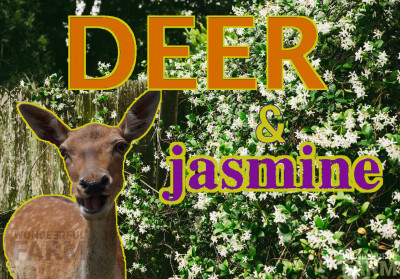Do Deer Eat Mint? (Repel Deer Naturally)
» Deer stories » Deer resistant plants » Do Deer Eat Mint? (Repel Deer Naturally)Plant type: perennials
Deer resistant: yes
Our plant hardiness zone:
New Zealand: subtropical
U.S. Zone 10b
Deer as herbivores will eat a variety of plants to sustain their dietary needs. However, not all plants are created equal when it comes to deer preferences. In this article, we will explore whether deer eat mint and what plants they tend to like and dislike.
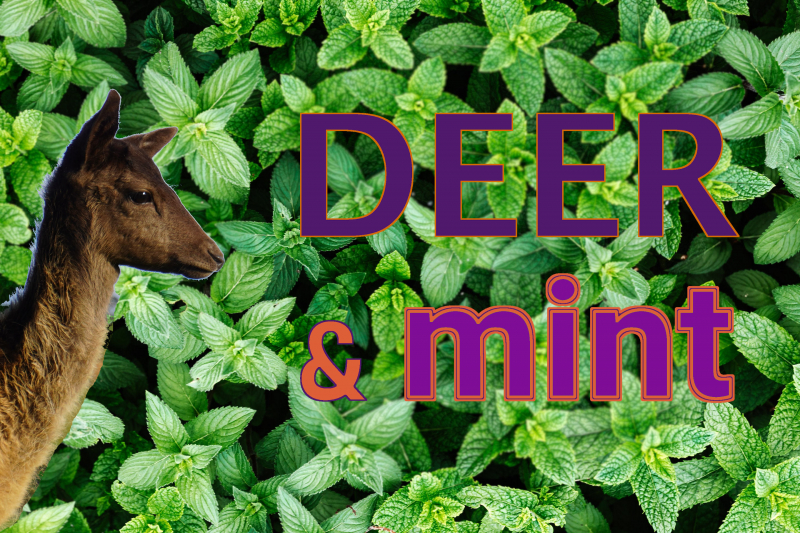
Deer do not have a reputation for being picky eaters, but they tend to favor plants with soft, succulent leaves and shoots and very mild aromas. Some of their favorite plants include clover, alfalfa, and soybeans. They also love fruit trees, such as apple, pear, feijoa and cherry. Deer tend to stay away from plants that have strong aromas or spiny leaves, such as lavender, daffodils, and thistles. Although it's said deer dislike marigolds, our test was at best inconclusive on that one.
Do Deer Like Mint Family Plants?
The mint family, also known as Lamiaceae, is a diverse group of plants that includes culinary herbs such as basil, oregano, rosemary, and thyme. Mint family plants are often cultivated for their fragrant leaves, which contain essential oils that are used for flavoring food and making perfumes. Despite their pleasant aroma, mint family plants are not a favorite of deer. The strong scent of these plants is a natural deer repellent.
Mint family plants are easy to grow and come in a wide range of flavors and aromas. Some common members of the mint family include:
- Peppermint: A popular herb used for making tea, candy, and as a flavoring agent in food and drinks.
- Spearmint: Another widely used herb in culinary preparations and as a natural remedy for digestive problems.
- Lemon balm: A fragrant herb with a lemony flavor, often used in teas and as a seasoning for fish and poultry.
- Agastache (Anise Hyssop) is a perennial grown for its attractive foliage, showy flowers, and pleasant scent. We're actually currently trying to start it from seed.
- Catnip: A plant that is known to attract cats but also has medicinal properties and can be used in teas or as an insect repellent.
- Sage: A strong herb with a woody aroma, often used in savory dishes and as a natural remedy for sore throats and colds.
Some mint family plants can be invasive, such as mint itself, which can quickly take over a garden if not kept in check. But many mint family plants can also be grown in pots or containers to control their spread.
We've observed first hand how fast mint can spread (we've probably got applemint kind). Thankfully, we're using it for tea and enjoy the aroma that arises when it's disturbed, so we don't really mind it. But helps keeping it trimmed or it gets really tall, leggy and just out of control.
Planting Mint Species to Deter Deer from Visiting Your Garden
If you want to keep deer out of your garden, planting mint family plants may help. The strong scent of these plants can be a natural repellent for deer, cloaking the appealing scents from your deer-vulnerable plants, making deer less likely to browse in your garden. But this method is not foolproof, and hungry deer may still find a way to get to your plants as their sence of smell is superb.
Still, if you'd like to try this simple, aromatic method of keeping deer away, here's some data on the above mentioned plants:
- Peppermin, Lemon balm
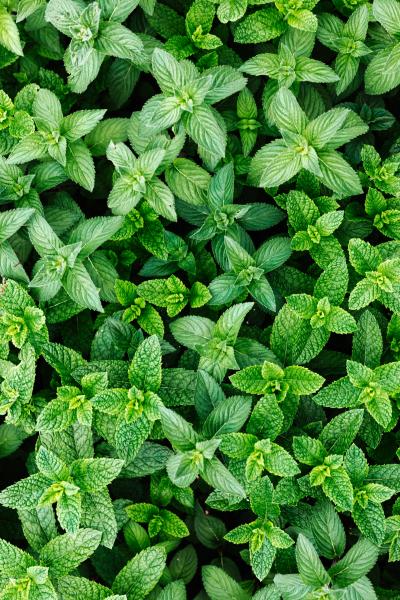
Image source: Pexels
- Height: 12-24 inches (30-61 cm) tall
- Sun positioning: Full sun to partial shade
- Soil: Well-draining soil with a pH between 6.0 and 7.5
- Water requirements: Regular watering, keeping the soil moist but not waterlogged.
- Spearmint
- Height: 12-36 inches (30-91 cm) tall
- Sun positioning: Full sun to partial shade
- Soil: Well-draining soil with a pH between 6.0 and 7.5
- Water requirements: Regular watering, keeping the soil moist but not waterlogged.
- Agastache (Anise Hyssop)
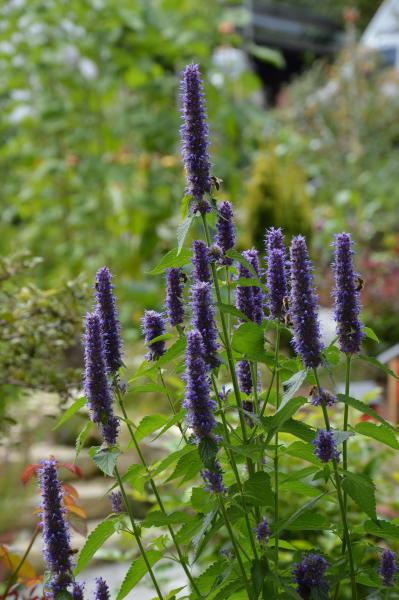
Image source: Pixabay
- Height: up to 3-4 feet (0.9-1.2 m) tall and 2-3 feet (0.6-0.9 m) wide.
- Sun positioning: Anise hyssop prefers full sun to partial shade. It can tolerate some shade, but it will produce fewer flowers in shady areas.
- Soil: Well-draining soil with a pH between 6.0 and 7.5. It can tolerate a wide range of soil types, including sandy and clay soils, as long as they are well-draining.
- Water requirements: Relatively drought-tolerant once established and doesn't require frequent watering. However, it will grow best with regular watering, particularly during dry spells.
- Catnip
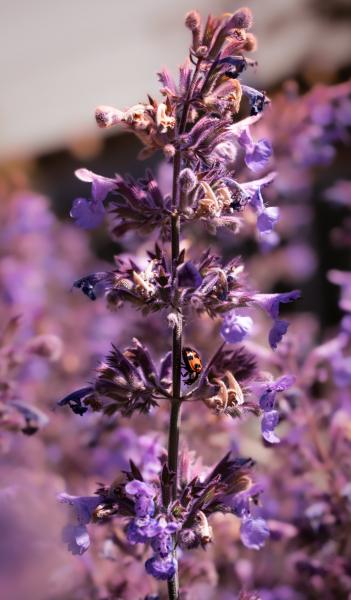
Image source: Pexels
- Height: 24-36 inches (61-91 cm) tall
- Sun positioning: Full sun to partial shade
- Soil: Well-draining soil with a pH between 6.1 and 7.8
- Water requirements: Moderate watering, allowing the soil to dry out between waterings.
- Sage
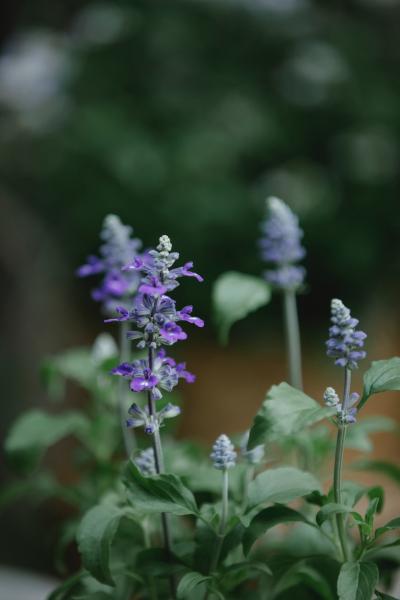
Image source: Pexels
- Height: 18-30 inches (46-76 cm) tall
- Sun positioning: Full sun
- Soil: Well-draining soil with a pH between 6.0 and 7.5
- Water requirements: Infrequent watering, allowing the soil to dry out between waterings.
In conclusion, deer do not eat mint family plants, and these plants can be used as a natural deterrent to keep them out of your garden. However, it's essential to remember that deer have a very strong sence of smell, and planting mint family plants is not a guaranteed solution. To protect your garden, you may need to use a combination of natural and man-made methods, such as fencing, repellents, and other deterrents, which we've covered in our post here.
Last modified 21 June 2024 at 10:36
Published 09 April 2023
Add your comment
Plants alphabetically
More «Deer resistant plants» stories
Do Deer Eat Echinacea? Is Coneflower Deer Resistant?
Have you heard of Echinacea, perhaps more commonly known as Coneflower? It's this cool plant that's apparently totally deer-resistant! You can plant it in your garden and not have to worry ...
read more...
Do Deer Eat Hyacinth?
One of the reasons why hyacinths are popular among gardeners is their supposed deer resistance. How did our deer react to hyacinths in our yard?
read more...
Do Deer Dig Jasmine? (Surprise!)
Do you know what's always a treat for the senses? The unmistakable, sweet aroma of jasmine! One possible problem though: deer. Do they find jasmine appetizing?
read more...
 '
'


